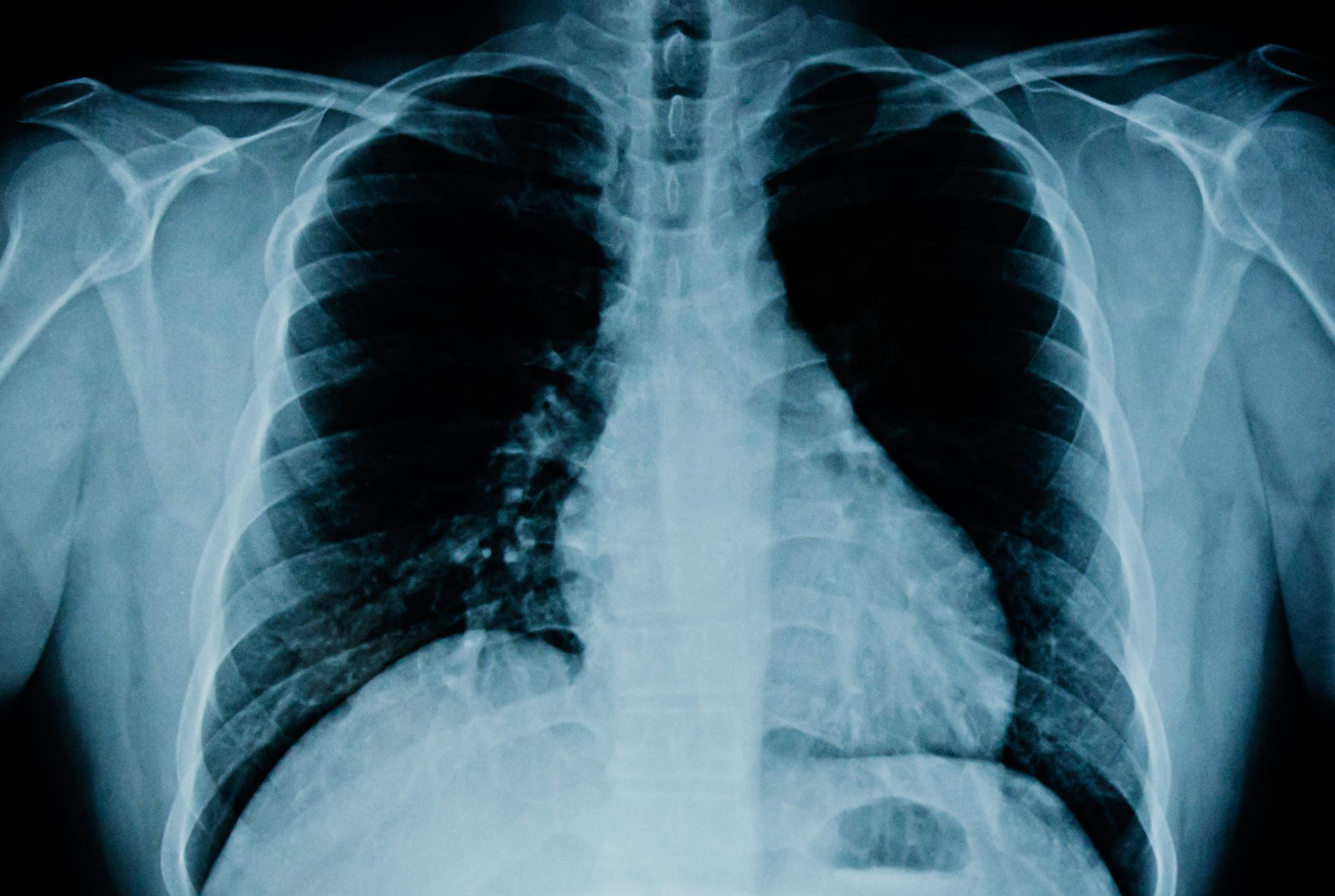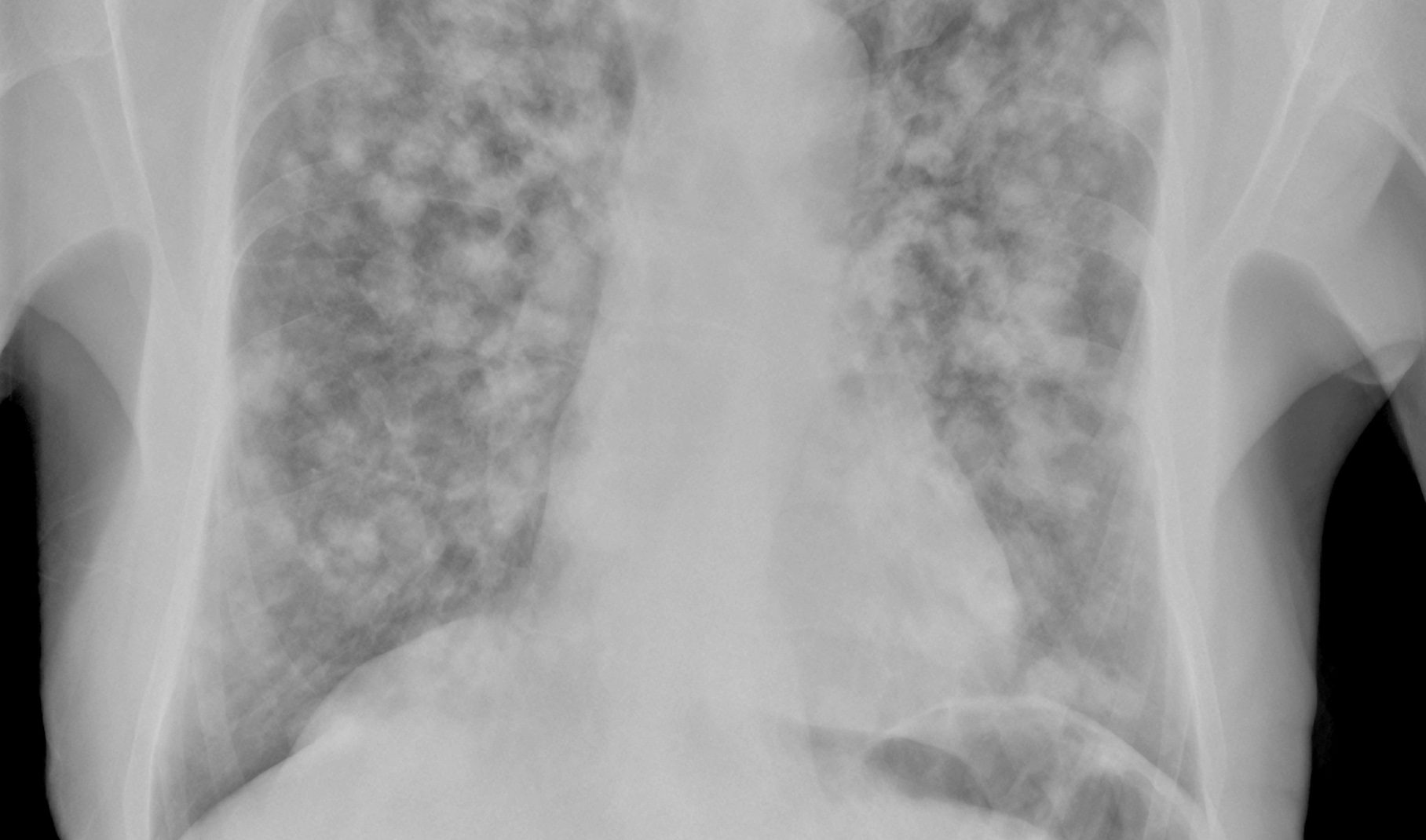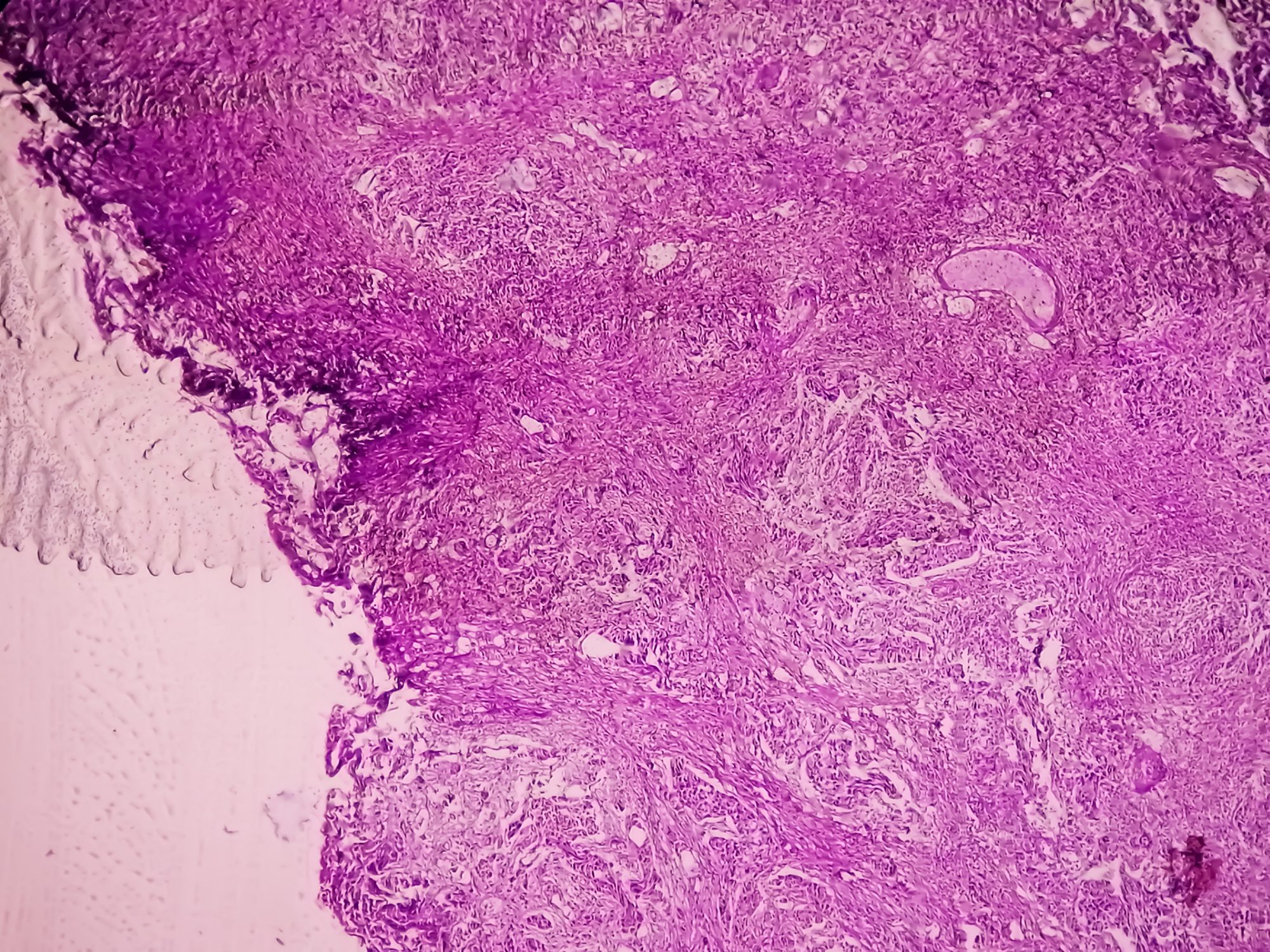A few years ago, the EULAR agreed on a definition for “difficult-to-treat” rheumatoid arthritis (RA).
The reasons for multiple treatment failures are not yet fully understood. Research projects are trying to shed light on this. In this context, patient-related and disease-specific characteristics are analyzed at baseline and during the course of the disease. The identification of modifiable risk factors in the early stages of RA could possibly make preventive measures possible.
In recent years, the treatment options for rheumatoid arthritis (RA) have improved considerably, so that clinical, structural and functional remission has become an achievable therapeutic goal for many patients. However, 5-20% of patients have difficult-to-treat RA (D2T-RA) [1]. Patients are classified as D2T-RA if their disease activity remains uncontrolled despite the use of ≥2 bDMARDs and/or tsDMARDs with different mechanisms of action ( MOA) [3]. D2T-RA is a heterogeneous and multifactorial disease state and poses considerable problems for physicians and patients [5]. At this year’s EULAR Annual Meeting, various research projects dealing with this complex of topics were presented.
What exactly is “treat-to-target”?
As hardly any predictors of treatment response are known at an individual level, the EULAR Task Force recommends that the “treat-to-target” principle should also be applied to these patients [1,2]. First of all, it is worth briefly recapping the treatment recommendations set out in the EULAR guideline updated in 2022 [2]. Methotrexate (MTX) is still the drug of first choice in the treatment of RA due to its overall very good efficacy and tolerability [2]. If the treatment goal is not achieved with the first conventional disease-modifying treatment option (csDMARD) and there are negative prognostic factors, a biologic (bDMARD) should be added. JAK inhibitors (JAK-i), i.e. synthetic DMARDs (tsDMARDs), can be considered, but relevant risk factors** must be taken into account. Both bDMARDs and tsDMARDs should be combined with a csDMARD, ideally with MTX$ [2].
** Age >65 years, previous or current smoking and other risk factors for cardiovascular events, malignancies and thromboembolic events.
$ In patients where co-medication with csDMARDs is not possible, there are some advantages for IL-6-(R)-i and tsDMARDs compared to other DMARDs, according to EULAR recommendations.
If a bDMARD or tsDMARD has failed, treatment with another bDMARD or tsDMARD should be considered [2]. If therapy with a TNF-α-i or IL-6 (receptor) inhibitor has failed, patients may receive an agent with a different mode of action or a second TNF-α-i or IL-6 (receptor) inhibitor&.
& There is still a lack of reliable data on whether the use of another JAK-i is effective and safe after treatment failure of a JAK-i.
According to the current EULAR definition, patients who have failed multiple b/tsDMARDS as described above are classified as having difficult-to-treat RA [1,2]. In the meantime, the focus of research has shifted to the question of whether certain factors can be identified that can explain multiple treatment failures.
“Early Arthritis UCLouvain Brussels Cohort” – 5-year follow-up
As part of a large-scale Belgian cohort study, Durez et al.
conducted a retrospective analysis of patients with early RA (ERA) to identify patient characteristics and disease-specific features associated with a D2T RA phenotype [4].
In addition to baseline characteristics, the researchers compared the course of RA and treatment-related comorbidities between the D2T-RA and non-D2T-RA cohorts over a five-year follow-up.
391 ERA patients with a median age of 48.2 years (IQR 21.26) were included in the analysis, of which 109 were female and 282 male.
At five-year follow-up, 42 patients met the definition of D2T-RA.
A comparison of D2T-RA vs. non-D2T-RA patients showed that a significantly higher proportion of the former had a seropositive rheumatoid factor (RF) and higher CCP antibody levels (ACPA) (p=0.01) (Table 1). In addition, D2T-RA patients had higher disease activity as measured by the Simple Disease Activity Index (SDAI) and higher Clinical Disease Activity Index (CDAI) scores; these differences were also significant.
The remaining baseline characteristics did not differ significantly between D2T-RA and non-D2T-RA, with the exception of TJC44 (p=0.02).
In a multivariable logistic regression analysis, baseline joint erosions were found to be independent predictors of development into a D2T phenotype (OR 2.2; CI 1.04-5.2; p=0.04).
During the five-year follow-up, disease activity (DAS28, CDAI, SDAI) was consistently higher in the D2T group.
In addition, after 5 years of follow-up, D2T-RA patients were significantly more likely to suffer from osteoporosis (p=0.005) and were exposed to a higher cumulative dose of glucocorticoids >1 g (p=0.03).
“Early Undifferentiated PolyArthritis” register study
As part of the “Early Undifferentiated PolyArthritis” (EUPA) study, patients undergoing consecutive treatment at the Centre Hospitalier Universitaire de Sherbrooke (Canada) were prospectively observed [5]. EUPA patients who were prescribed at least one novel therapy are part of the University of Sherbrooke Registry of Advanced Therapies (USRAT). Lessard et al. included patients in their analysis who met the criteria for RA. Patients who had received a third biologic or synthetic DMARD (b/tsDMARD) or who had a swollen joint count (SJC) ≥3 or who were taking ≥7.5 mg prednisone daily 1 year after starting treatment with a second agent were included in D2T-RA. Easy-to-treat ( E2T) RA was defined by treatment with a single DMARD, an SJC ≤1 and corticosteroid avoidance one year after starting treatment with a first b/tsDMARD. Patients were classified as pre-D2T-RA if they had failed at least one b/tsDMARD but did not meet the criteria for D2T-RA.
| Conclusions |
| Durez et al: The results suggest that patients characterized at baseline by features such as seropositivity (RF and/or ACPA), bone erosions and high disease activity are more likely to develop D2T-RA. The cohort study with 5 years of follow-up showed that D2T patients received higher doses of glucocorticoids and were more likely to suffer from comorbidities such as osteoporosis and infections. |
| Lessard et al: In this cohort, too, some clinical and patient-related baseline characteristics proved to be predictive for the progression of RA to D2T-RA. Treatment with methotrexate after starting a DMARD proved to be a protective factor with regard to D2T-RA. |
Of the 126 RA patients, 27.0% (n=34) met the criteria for D2T-RA, 35.7% (n=45) were classified as E2T-RA and 21.4% (n=27) of the subgroup were pre-D2T. A proportion of 15.9% (n=20) of the included patients were treated with a single b/tsDMARD but did not fulfill the criteria for E2T-RA after one year. The mean follow-up time was similar in all three groups: D2T-RA 9.8 years, pre-D2T-RA 9.1 years, E2T-RA 9.6 years.
At the time of inclusion in the EUPA study, female gender, a higher number of affected joints and the presence of erosions were associated with progression to D2T. This was also true for pulmonary comorbidities, depressive symptoms (CES-D) and fatigue. Treatment with methotrexate was found to be a protective factor with regard to progression to D2TA-RA.
Congress: EULAR Annual Meeting
Literature:
- Nagy G, et al: EULAR points to consider for the management of difficult-to-treat rheumatoid arthritis. Ann Rheum Dis 2022; 81: 20-33.
- Smolen JS, et al: EULAR recommendations for the management of rheumatoid arthritis with synthetic and biological disease-modifying antirheumatic drugs: 2022 update. Ann Rheum Dis 2023; 82(1): 3-18.
- Nagy G, et al: EULAR definition of difficult-to-treat rheumatoid arthritis. Ann Rheum Dis. (2021) 80: 31-35.
- Durez P, et al: Difficult To Treat Rheumatoid Arthritis Incidence And Risk Factors In The Early Arthritis Uclouvain Brussels Cohort, OP0165, EULAR Annual Meeting, Vienna, 12-15 june, 2024.
- Lessard F, et al: baseline and pre-biologic predictors of difficult-to-treat rheumatoid arthritis with recent onset disease, OP0118, EULAR Annual Meeting, Vienna, 12-15 june, 2024.
HAUSARZT PRAXIS 2024; 19(8): 34-35 (published on 22.8.24, ahead of print)












